Tennis balls have a special magic that makes dogs go wild! From fetching to chewing, these bouncy toys bring endless joy and excitement. But what is it that makes them so irresistible?
As pet owners, understanding why dogs love tennis balls can help us make playtime more enjoyable and beneficial. Not only do they offer fun, but they also provide vital mental and physical stimulation.
In this blog, we’ll explore why tennis balls are a top favourite and how they help keep our dogs happy, healthy, and entertained!

Historical and Instinctual Background
Ancestral instincts from wolves
Did you know that dogs absolutely adore tennis balls? It’s incredible to think about why they love them so much. You see, back in the day, dogs’ ancestors were wolves, and those wolves had this natural knack for chasing and retrieving prey.
They’d bring it back to their den and share the spoils with their pack. Fast forward to today, and our furry friends still have those wolf instincts deeply ingrained in them.
That’s why when they chase and retrieve tennis balls, they’re tapping into those ancient hunting skills. It’s like the erratic movements of a tennis ball remind them of the unpredictable movements of prey.
So, when you throw that ball for your pup, you’re basically unleashing their inner wolf! Pretty neat, huh?
Connection to modern dogs’ behaviour
Even though dogs have been domesticated for centuries, your furry friend still retains primal instincts.
Have you ever noticed how your dog shakes a tennis ball from side to side after catching it? This mimics the neck-snapping technique wolves use to take down their prey.
The felt texture of a tennis ball also resembles the skin of small animals, triggering their natural predatory drive. That’s why chasing and retrieving a tennis ball isn’t just a game for your dog—it’s an instinctual thrill that connects them to their wild ancestors.
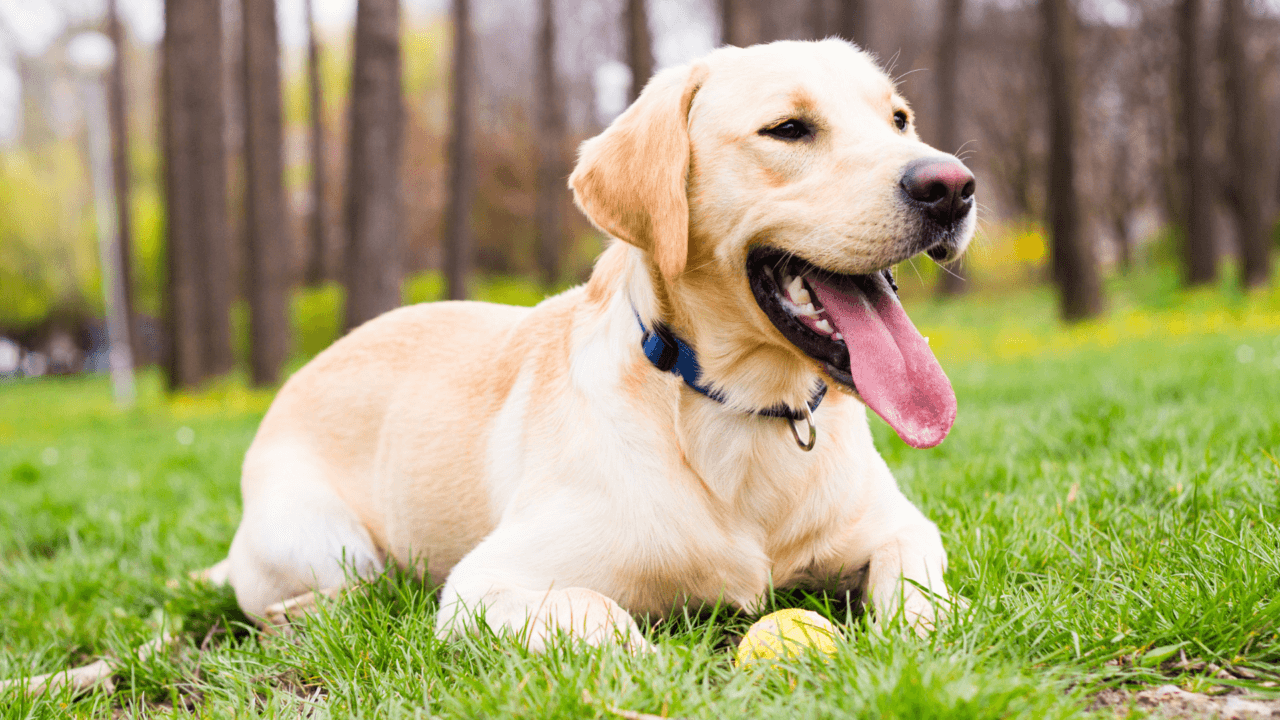
Domestication and breeding
Breeding for retrieval skills in certain breeds
For over 15,000 years, humans have carefully domesticated and selectively bred dogs to enhance specific traits.
If you’ve ever wondered why breeds like Labradors and Spaniels excel at retrieving, it’s because they were developed explicitly for this skill.
Labradors were bred to retrieve waterfowl, while Spaniels were trained to locate and flush birds from cover.
Their strong predatory drive and natural talent for chasing and retrieving make them instinctively drawn to these activities.
How do these instincts manifest in play ?
In today’s world, where hunting opportunities are scarce, you and your dog can still find creative ways to tap into their instincts.
One of the best ways to do this is by playing fetch with a tennis ball. The unpredictable bounce of the ball mimics the erratic movements of prey, making the game even more exciting for your dog.
Not only does this activity provide essential physical exercise, but it also satisfies their deep-rooted urge to chase and retrieve. That’s why fetch remains a favourite pastime for so many dogs and their owners.
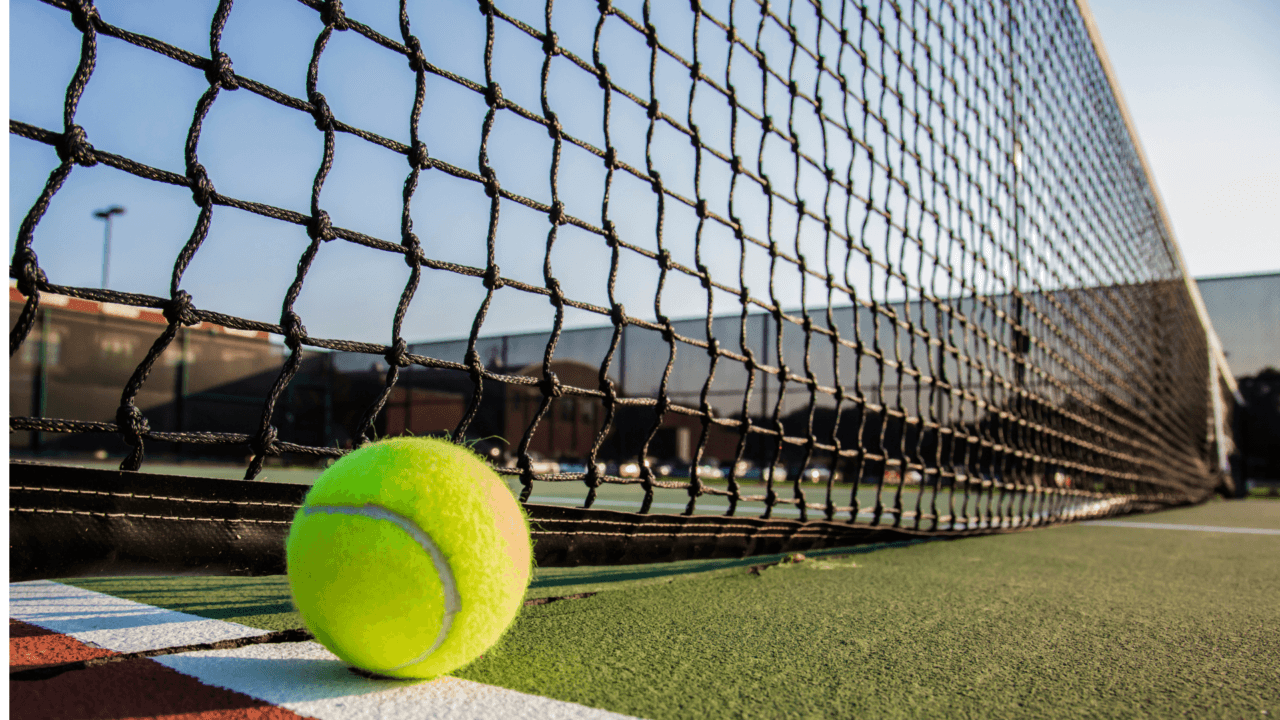
Physical Characteristics of Tennis Balls
Size and texture
Tennis balls are perfectly sized for your dog to grasp, making them easy to carry and fetch.
Their durable texture encourages your dog to bite down, adding to the fun of the bounce and providing a deeply satisfying chewing experience.
Fuzzy felt layer
The fuzzy felt on a tennis ball feels similar to the skin of small animals, naturally triggering your dog’s predatory instincts.
Plus, this layer absorbs scents from your dog’s mouth, making the ball even more familiar and enticing over time.
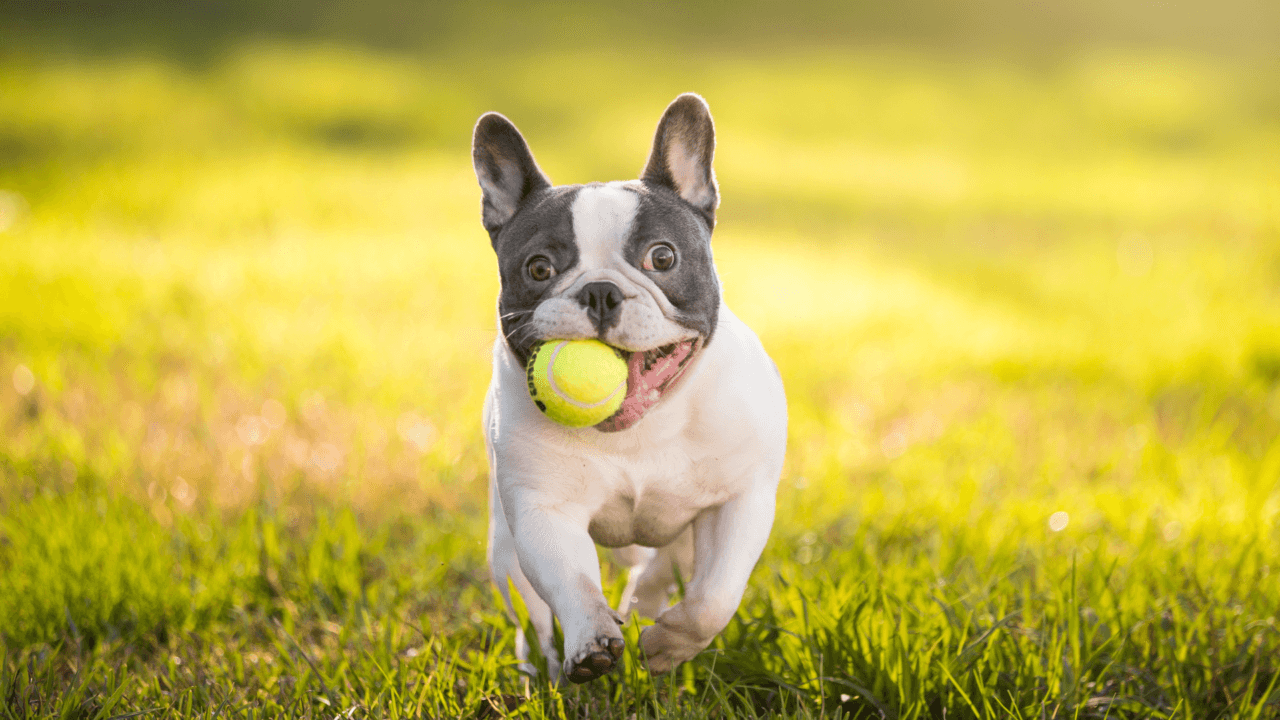
Behavioural and Psychological Factors
Dogs’ natural inclination to chase moving objects
Your dog has the instinct to chase moving objects, a behaviour deeply rooted in their ancestral prey drive.
This instinct comes from their wild ancestors, like wolves, who relied on hunting and retrieving prey to feed their packs.
Mimicking the movement of prey
The way a tennis ball bounces unpredictably mimics the erratic movements of prey, sparking your dog’s instinct to chase, capture, and retrieve.
This drive is powerful in breeds like retrievers and spaniels, which were historically bred for hunting and retrieval.
Reward and pleasure
Stimulation of reward centers in the brain
When you play fetch with your dog, you’re doing more than just keeping them active—you’re activating the reward centers in their brain.
The excitement of chasing and retrieving a tennis ball releases endorphins and dopamine, the same chemicals linked to happiness and satisfaction.
This sense of achievement makes fetch not just a game but a deeply fulfilling experience for your furry friend.
Release of endorphins and dopamine during play
When you play fetch with your dog, you’re engaging their brain’s reward system, giving them a deep sense of joy and accomplishment.
The thrill of the chase and the satisfaction of retrieving the ball triggers the release of endorphins and dopamine—the same chemicals that promote happiness and contentment.
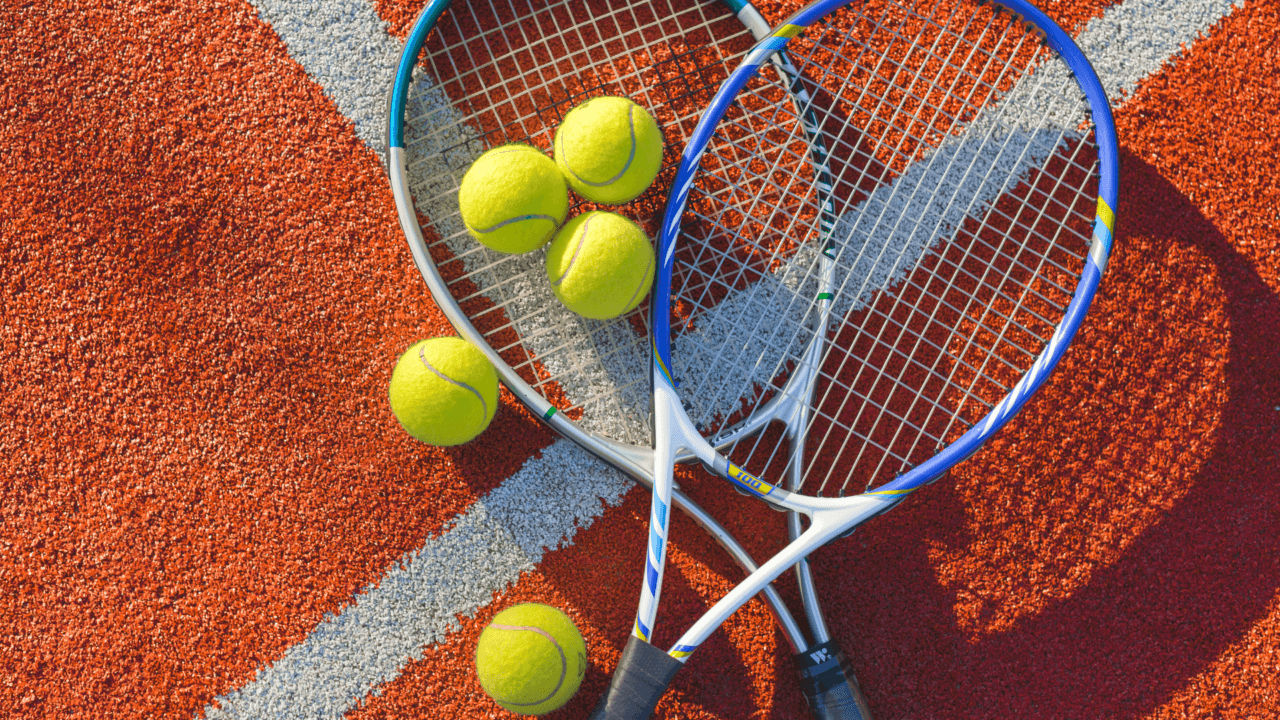
Visual Appeal
Limited colour spectrum detection in dogs
Dogs see a limited range of colours, mainly shades of blue and yellow. This is similar to red-green colour blindness in humans, where individuals can distinguish between blue and yellow but struggle with other colours.
High visibility of blue and yellow tennis balls against green backgrounds
Tennis balls are usually yellow or blue, making them highly visible to dogs, especially against green backgrounds like grass.
The contrast of these vibrant colours not only makes the balls more attractive but also more functional as fetch toys, helping dogs spot and chase them effortlessly during play.
Their bright hues stand out in outdoor settings, ensuring your dog can quickly locate the ball.
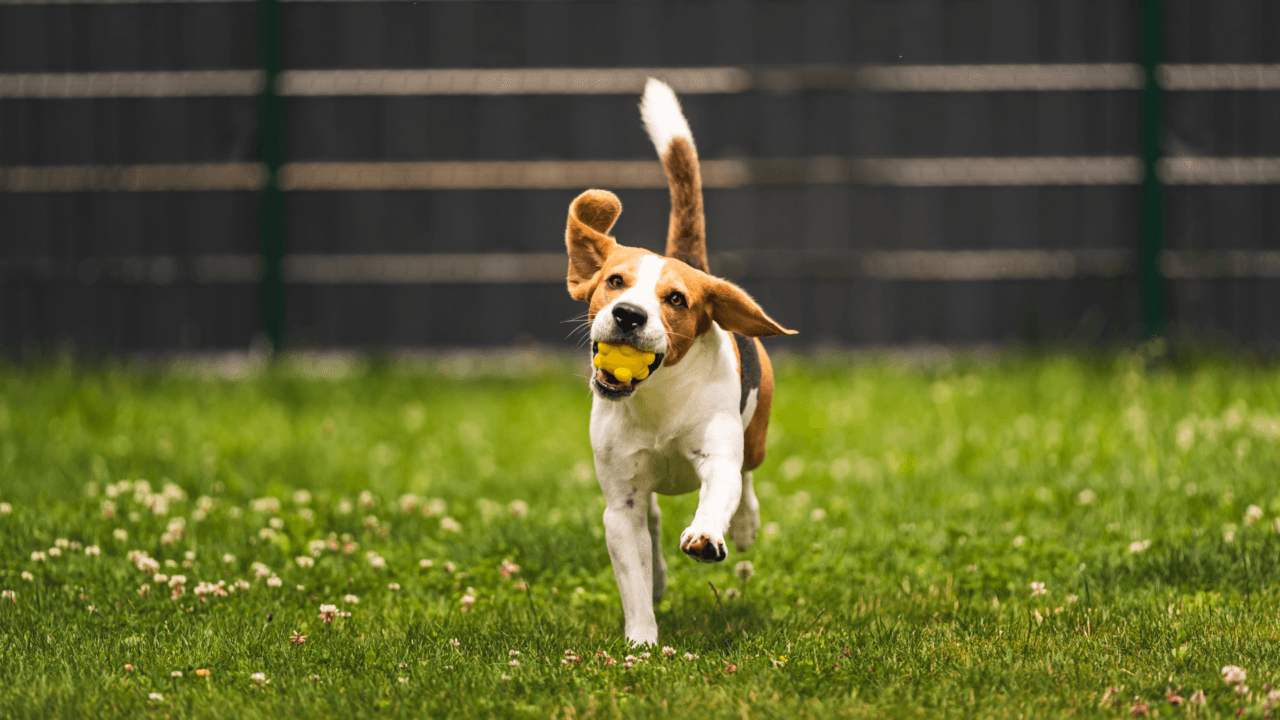
Benefits of Playing Fetch
Improvement in fitness and health
Playing fetch provides an excellent way for your dog to get physical exercise.
The action of running, jumping, and retrieving helps improve their cardiovascular health, build muscle strength, and maintain a healthy weight.
Regular play is essential for preventing obesity and the health issues that come with it, ensuring your dog stays fit and active.
Mental stimulation: Engagement and satisfaction from accomplishing a task
Fetch isn’t just great for physical exercise—it also provides significant mental stimulation.
The act of chasing and retrieving taps into your dog’s instincts, keeping their mind sharp and engaged.
When they successfully return the ball to you, it gives them a sense of accomplishment and activates their brain’s reward centers. This triggers the release of endorphins and dopamine, leaving your dog feeling joyful and satisfied.
Bonding with owners : Strengthening the human-dog relationship
Playing fetch is a fantastic way to strengthen the bond between you and your dog.
The interactive nature of the game encourages communication and teamwork, building trust and affection between you both.
Your dog sees you as a key part of the game, which not only reinforces your role as a leader but also creates a shared source of joy for both of you.
Quality time and trust-building
Fetch provides an excellent opportunity for you and your dog to spend quality one-on-one time together. This shared activity builds trust and deepens your emotional connection. Watching your dog’s joy and enthusiasm during the game becomes a rewarding experience for you, making the bond between you even more potent.
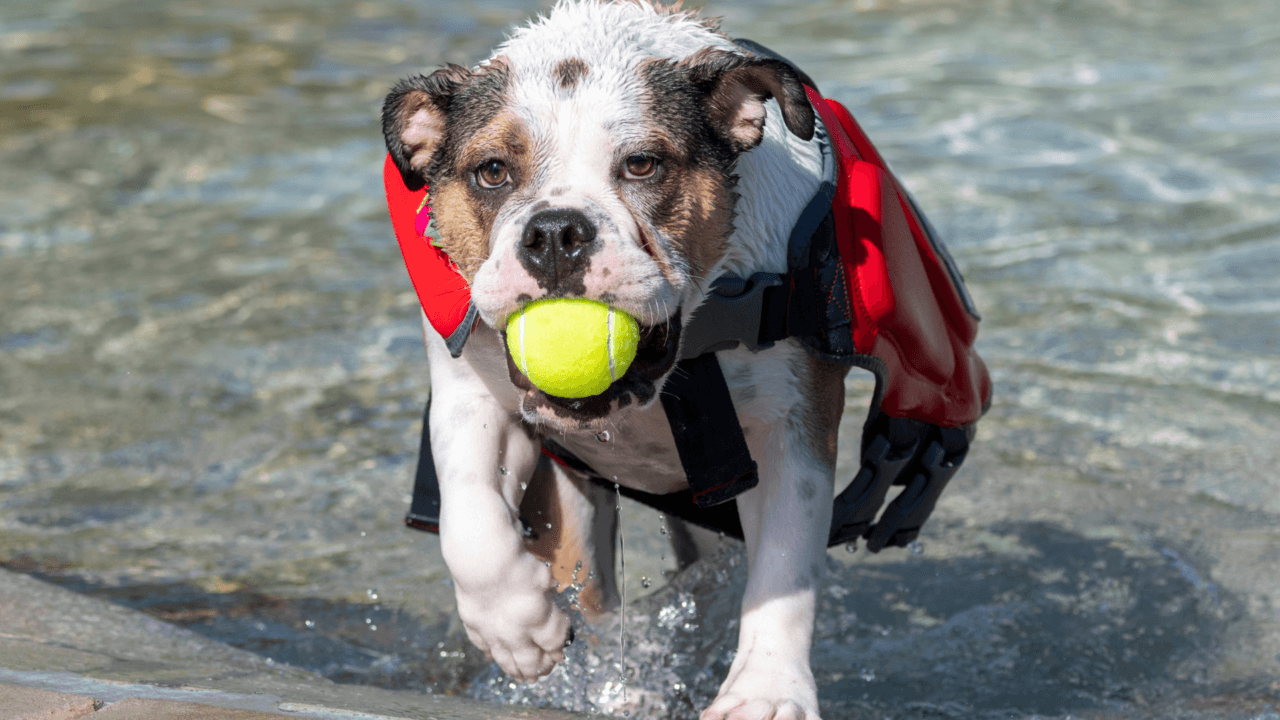
Potential Risks and Precautions
Risk of overplaying and muscle strain
Playing fetch is a great way to keep your dog active, but too much of it can lead to muscle strain or even more serious injuries, especially in breeds like Labradors, which are prone to leg problems.
To protect your furry friend, it’s a good idea to limit fetch sessions to about thirty minutes to prevent overexertion and ensure their well-being.
Choking hazards and dental wear from fuzz
Tennis balls can pose serious choking hazards for dogs. Their strong jaws can easily break the ball, causing fragments to get stuck in their throats.
Additionally, the abrasive texture of tennis balls can wear down your dog’s teeth over time, leading to dental issues like exposed tooth pulp and difficulty chewing.
It’s essential to monitor playtime to ensure your dog’s safety and dental health.
Supervision and safety
Importance of monitoring playtime
Supervising your dog during playtime with tennis balls is crucial to prevent potential hazards.
By keeping an eye on them, you can quickly step in if the ball gets damaged or if your dog starts chewing on it excessively, ensuring their safety and well-being.
Teaching commands like “drop” to ensure safety.
Teaching your dog to respond to commands like “drop” is essential for safe play.
This command allows you to quickly retrieve the ball if it becomes a choking hazard or if your dog starts chewing on it too much.
By training your dog to release the ball on command, you lower the risk of accidents and create a safer, more enjoyable playtime experience.
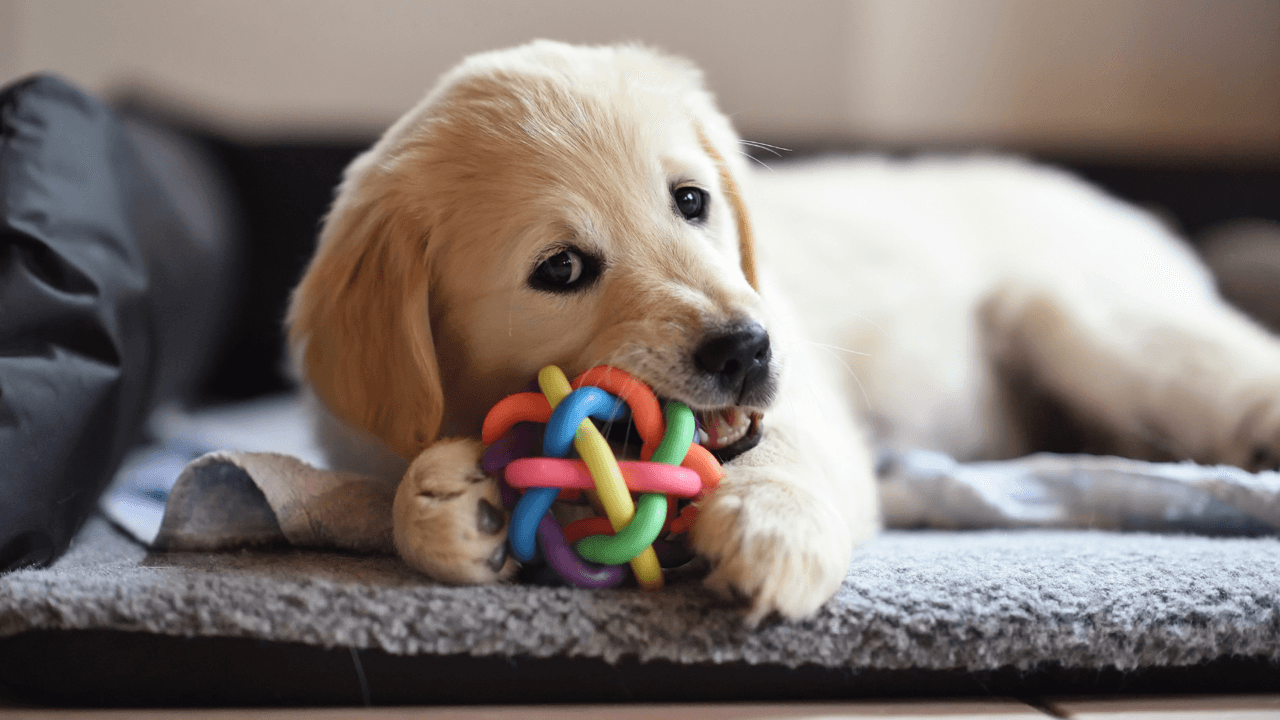
Alternatives and Recommendations
Other suitable toys for aggressive chewers
For dogs that are aggressive chewers, it is essential to provide toys that can withstand their powerful jaws and prevent potential hazards associated with tennis balls. Some recommended durable chew toys include:
- Rubber Balls: Heavy-duty rubber balls, such as those made by brands like Chuckit!, are designed to endure intense chewing and are less likely to break apart.
- KONG Toys: KONG toys are made from durable rubber and can be filled with treats, providing both mental stimulation and a safe chewing outlet.
- Nylon Bones: Toys like Nylabone are specifically designed for aggressive chewers and can help satisfy their need to chew without the risk of breaking into dangerous pieces.
- Dura-Foam Balls: These balls are made from a rigid foam material that is resistant to tearing and can provide a safe alternative to tennis balls.
Moderation in play
Limiting playtime to prevent injuries
While playing fetch is a beneficial activity for dogs, it is essential to moderate the duration and intensity of play to prevent injuries. Here are some guidelines to ensure safe play:
- Short Play Sessions: Limit fetch sessions to about 30 minutes, especially for breeds prone to leg injuries, such as Labradors. This helps prevent muscle strain and overexertion.
- Avoid High Throws: Do not throw the ball too high or too far, as this can lead to sudden stops, twists, and changes in weight distribution that may cause joint and muscle injuries.
- Supervised Play: Always supervise your dog during fetch to monitor their behaviour and intervene if they start to chew excessively on the ball or show signs of fatigue.
- Teach Commands: Train your dog to obey commands like “drop” and “leave it” to ensure you can quickly retrieve the ball if it becomes a choking hazard or if your dog becomes overly fixated on it.
- Rotate Toys: Use a variety of toys to keep your dog engaged and prevent them from becoming obsessed with a single toy. This also helps distribute the wear and tear on their teeth and joints.
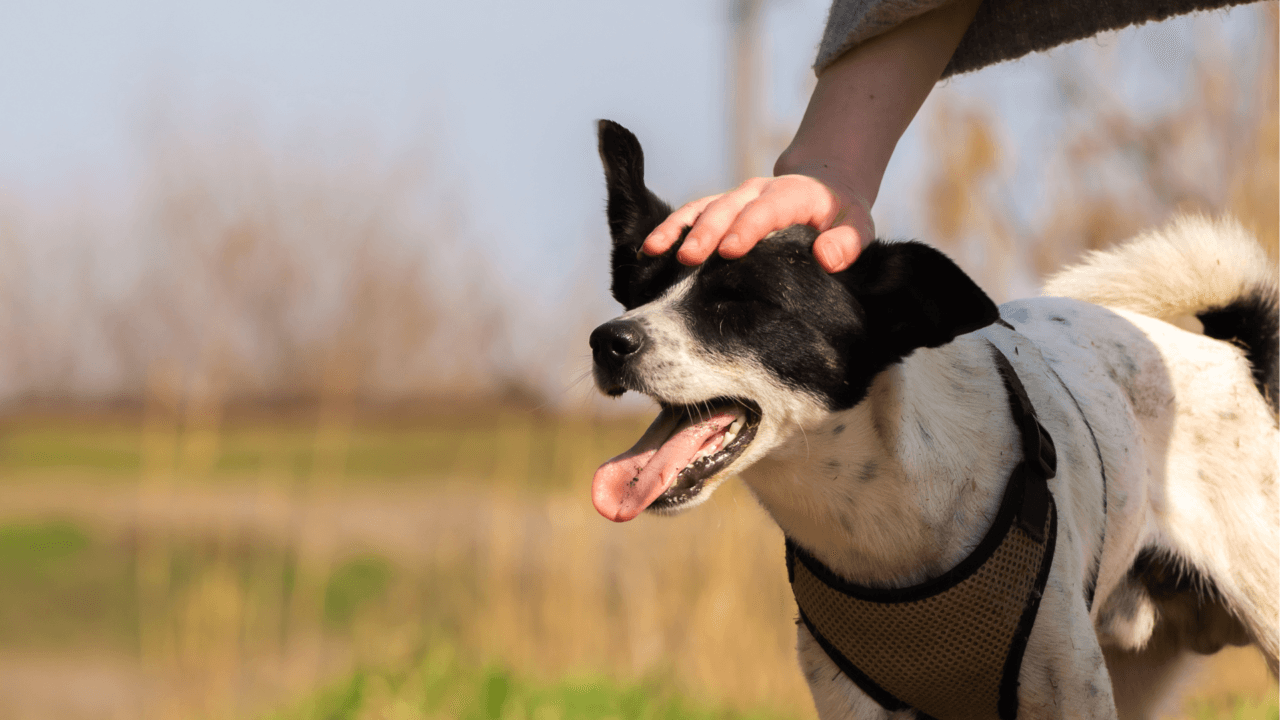
Training Tips for Fetch
Using verbal praise and treats
- Positive Reinforcement: To encourage your dog to fetch, use positive reinforcement techniques such as verbal praise and treats. When your dog successfully retrieves the ball and brings it back to you, immediately reward them with enthusiastic praise and a treat. This positive association helps reinforce the desired behaviour.
- Consistency: Be consistent with your commands and rewards. Use the exact words and gestures each time you play fetch, such as “fetch” when throwing the ball and “good job” when they bring it back. Consistency helps your dog understand what is expected of them and makes training more effective.
- Gradual Progression: Start with short distances and gradually increase the distance as your dog becomes more comfortable with the game. This helps build their confidence and ensures they do not become overwhelmed.
Starting early with puppies
- Early Introduction: Introduce the game of fetch to your puppy as early as possible. Puppies are more adaptable and eager to learn new behaviours, making it an ideal time to start training them to fetch.
- Short Sessions: Keep training sessions short and fun to maintain your puppy’s interest and prevent them from becoming bored or tired. Puppies have shorter attention spans, so brief, frequent sessions are more effective.
- Gentle Encouragement: Use gentle encouragement and patience when teaching a puppy to fetch. Puppies may not understand the game right away, so be patient and provide lots of positive reinforcement to help them learn.
- Interactive Play: Engage in interactive play with your puppy to strengthen your bond and make the training process enjoyable for both of you. Use toys that are appropriate for their size and age to ensure safety.
Conclusion
Dogs love tennis balls because their erratic movements and felt texture mimic prey, triggering instinctual behaviours.
However, playing fetch responsibly is key to your dog’s safety and well-being. Always supervise play, limit sessions to 30 minutes, and use commands like “drop” to prevent choking hazards.
Fetch not only provides essential physical exercise and mental stimulation but also strengthens the bond between you and your dog.
To ensure safe play, choose durable toys and avoid overexertion. By playing responsibly, you can make fetch a fun and rewarding experience for both you and your furry companion.
References and Insight From:
If you encounter any problems, feel free to reach out to me by clicking the link below.





